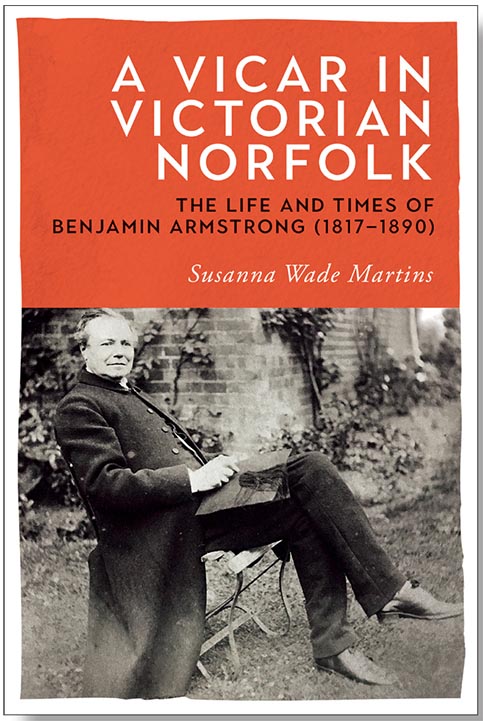This first full biography puts his story into the context of the period in which he lived: a time of turmoil in the church, with its conflict between high and low forms of service, and theological arguments, stirred up not least by controversies over Darwin’s theories of creation.
It also vividly portrays rural life at a time of great change, when society became more fluid, railways allowed the economy to grow and develop, and the vote was extended. We see this through the eyes of Armstrong himself, a fine example of the then “new-style” Church of England clergy who lived in their parishes, took more services than their predecessors, supported their schools and showed a genuine concern for the well-being of their parishioners.
By the time he retired, church life in Dereham had been transformed, with congregations typically of 1,000 at each of the Sunday services. Armstrong also served on various Local Boards, as well as setting up the Literary Institute, the Rifle Volunteers and supporting musical and cultural events. He also had a full social life; his friends included prominent townspeople and the local clergy, gentry and aristocracy — and there are incisive pen portraits of many of his associates and their eccentricities.
These activities are set against the background of his family life, with its moments of tragedy and worry, including the death of a young child and the elopement of another.
The foreword has been written by Bishop of Norwich, Graham James – a fan of Armstrong. in which he says:
‘Armstrong deserves to be remembered both for his own qualities and as a representative of many of the clergy of his generaration who exhibited a new pastoral zeal alongside a desire for the highest standards of public worship’.
Dr Susanna Wade Martins is an Honorary Research Fellow in the School of History at the University of East Anglia.

